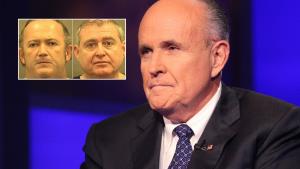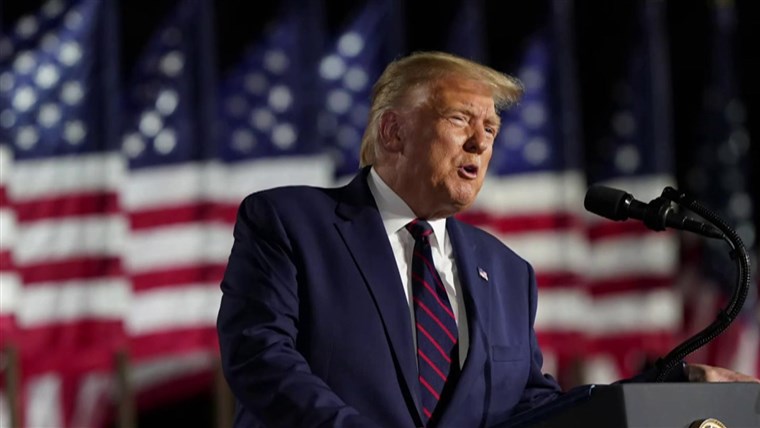
President Trump rejected an automatic jump that would kick in if Congress doesn’t legislate a raise by the end of the year. (Jabin Botsford/The Washington Post)
President Trump has endorsed a 2.6 percent pay raise for federal employees in January 2020, dropping his earlier call for a freeze.
In a message to Congress Friday, Trump said the increase should be paid across the board, with no variation by locality.
The letter was needed to prevent a much larger increase from taking effect automatically. According to the complex federal employee pay law, a default raise kicks in if Congress doesn’t legislate a raise by the end of the year.
For 2020, that would result in a 2.6 percent across the board increase plus locality-based increases “averaging 24.01 percent, costing $24 billion in the first year alone.”
In his letter, Trump rejected that jump. “We must maintain efforts to put our Nation on a fiscally sustainable course; Federal agency budgets cannot sustain such massive increases in locality pay,” he said in his letter, which echoed language from similar letters by his predecessors.
The large potential locality-based raise results from another provision of that same pay law, under which an advisory council compares federal and nonfederal pay for similar occupations based on Labor Department data. Those annual comparisons show a “pay gap” in favor of the private sector of more than 30 percent; the automatic raises are designed to close the gap.
Other studies using different methods show that the two sectors are about even or that federal employees on average are at an advantage.
The 2.6 percent figure that Trump has now endorsed is not the final word on a 2020 federal raise. It now falls to Congress to pass legislation outlining the raise rates for 2020.
The House has passed a spending bill for the 2020 budget year that would provide a 2.6 percent increase across the board, plus an average of 0.5 percentage points for locality-based pay.
That would result in raises varying from somewhat below to somewhat above 3.1 percent, with employees working in the Washington-Baltimore region likely receiving one of the larger increases.
The Senate has not yet taken a position on a federal employee raise. Both chambers have backed a 3.1 percent increase for uniformed military personnel.
“A pay freeze was simply uncalled for given the pay gap between federal employees and those in the private sector along with all the challenges federal employees have faced including the longest partial government shutdown in our nation’s history,” National Treasury Employees Union president Tony Reardon said in a statement. “NTEU continues to support the 3.1 percent increase the House of Representatives has already approved and we encourage the Senate to follow suit.”
Federal employees received 1.9 percent average raises, with some variation in locality, in both 2018 and 2019. This year’s raise was paid retroactively under terms of a budget agreement that ended the partial government shutdown that lasted about a month into late January, overriding the freeze that had taken effect by default at the start of the year because of that deadlock.


